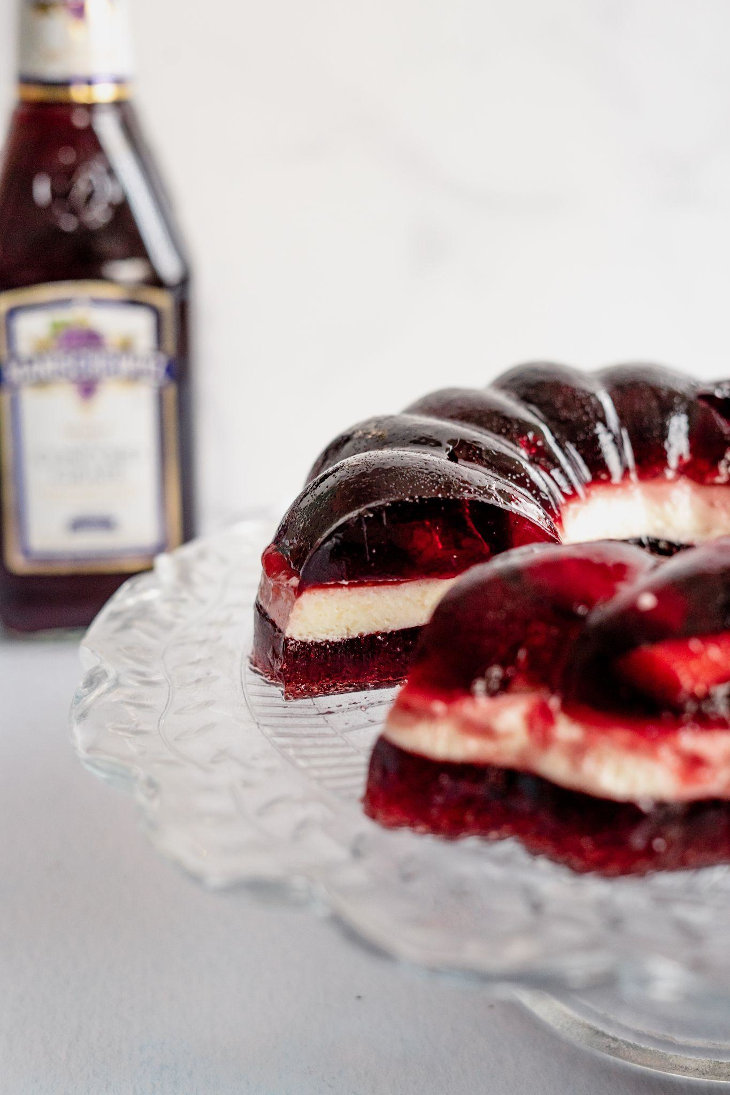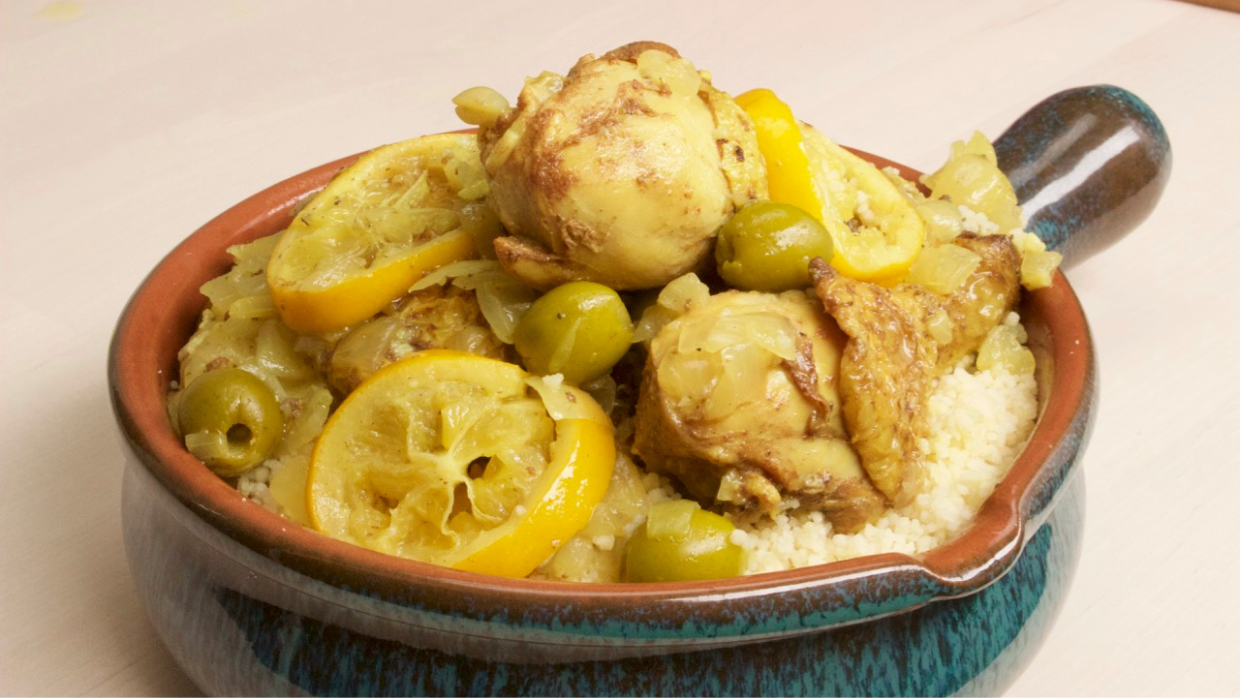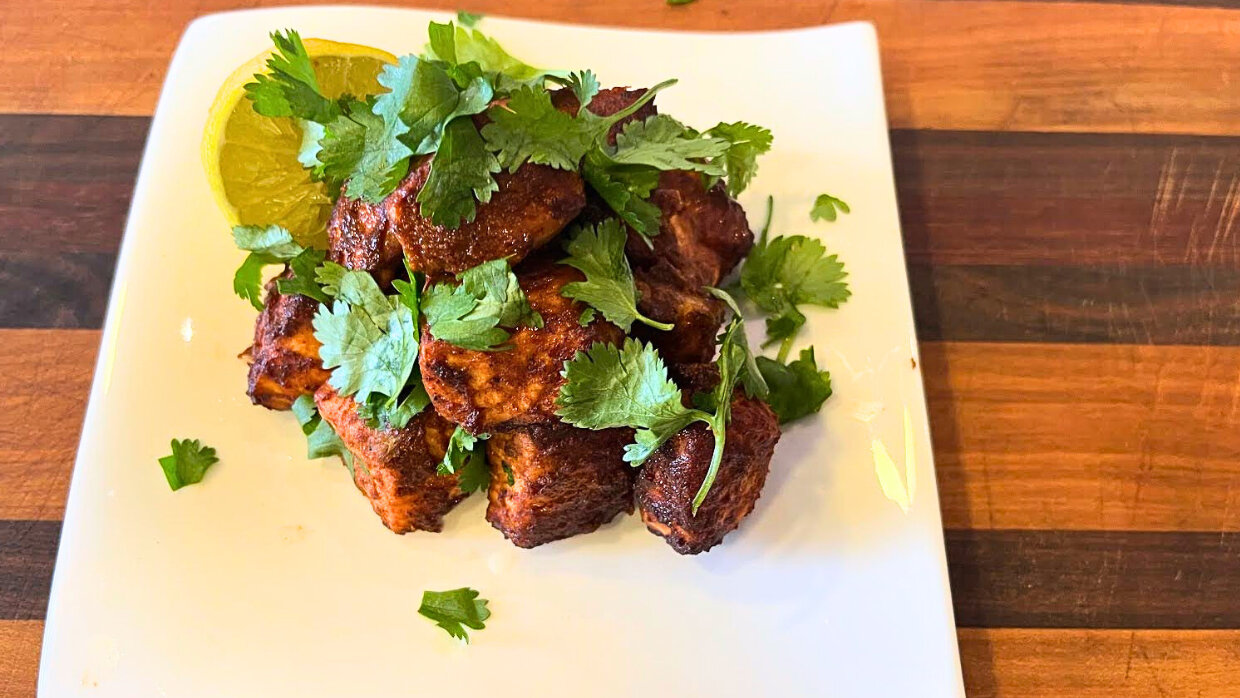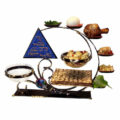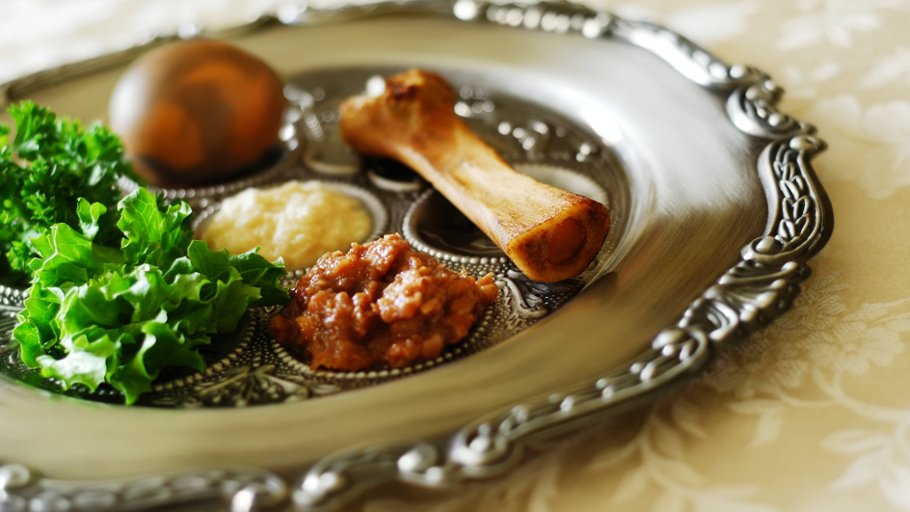Believe it or not, Jello holds a special place in North American Jewish cuisine. Whether you’ve been enjoying it for decades or were surprised to find it is one of the foods Mrs. Maisel is known for, Jewish cuisine is no stranger to the humble jiggly dish. In fact the connection between Jello molds and American Jewish immigrants in the 1950s says a great deal about our history in America.
What are Jello molds?
Jello molds are shaped desserts made of flavored gelatin. They can be sweet, savory, and are often layered with different foods suspended inside for dramatic effect.
What’s the connection between Jews and Jello Molds?
Look into most retro Jewish American Cookbooks, you’ll find at least one recipe for a gelatin-based mousse, mold, or “salads”. Don’t be fooled by the description, these showstoppers contain everything from fruit to pretzels and even cabbage slaw. My grandmother’s specialty was a jello dish that had layers of fruit jello, graham crackers and whipped topping, sliced and served at parties as if it was our version of a tiramisu.
The process of making jello is a long-standing way to preserve foods in the days before refrigeration. Since the process of making collagen-based gelatin from animal bones was long, labor intensive and expensive it became a sign of luxury where foods like Aspic (a savory meat jelly) and Jello Molds became a symbol of class and status.
Jews used this preservation technique in making gefilte fish, where the collagen dissolved out of the fish and turned to gel which helped preserve and keep it edible over Shabbat. We prefer this modern approach to gefilte fish, but at least they had a good reason for all the jelly.
With the industrial revolution came the modern quick and easy to use powdered gelatin we use today and the chance for jello molds to become the popular choice of the middle class in America. With an aggressive marketing campaign Jello pushed and ‘all-American’ image while simultaneously targeting the new Jewish immigrants with Jell-O sponsored Yiddish radio programs and even a Yiddish recipe book.
 Source: MJHNYC.org - Pages from Jell-O Recipes, 1924. Gift of Jonathan Herder. 2008.A.84.
Source: MJHNYC.org - Pages from Jell-O Recipes, 1924. Gift of Jonathan Herder. 2008.A.84.
In the 1910’s and into the 20’s Jell-O was advertising to the Jewish population as they dreamed of assimilating in American culture.
Is Jello Kosher? The answer may surprise you!
A big debate arose in the Jewish community about the kosher status of Jell-O in those early days. While gelatin is made by boiling bones, hoofs, and tissue, it is considered pareve (not meat), because it has changed so much in the manufacturing process it no longer resembles the animal. Today, there are all kinds of jello brands and products made from everything from fish bones to vegan, plant-derived alternatives, made of agar (a type of seaweed) and many brands selling kosher certified gelatin.
I don’t have a jello mold – what do I do?
If you don’t have an heirloom Jello mold to use, use a Bundt pan, or even a mixing bowl! Get creative and make individual servings in wine glasses or ramekins.
Troubleshooting your jello molds
- Spray your mold with cooking spray before filling.
- When layering, patience is key! Refrigerate until set, but not too firm. It should not stick to your finger when touched, before adding the next layer.
- When adding the 2nd, 3rd, or fourth layer, ensure the jello has started to set slightly.
- Be careful what fruits you add! Fruit like pineapples can inhibit the setting of jello!
- If you are struggling to get it out of the mold, run it under hot water to help loosen.
Get my Red, White and Blue Jello Mold Recipe here.
